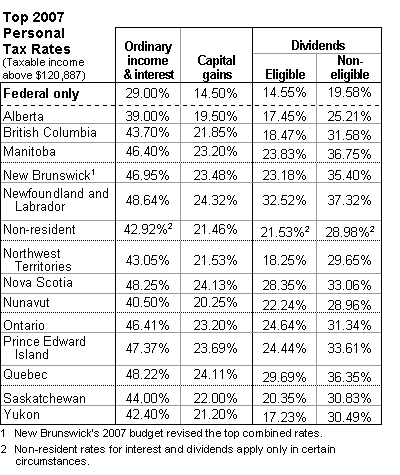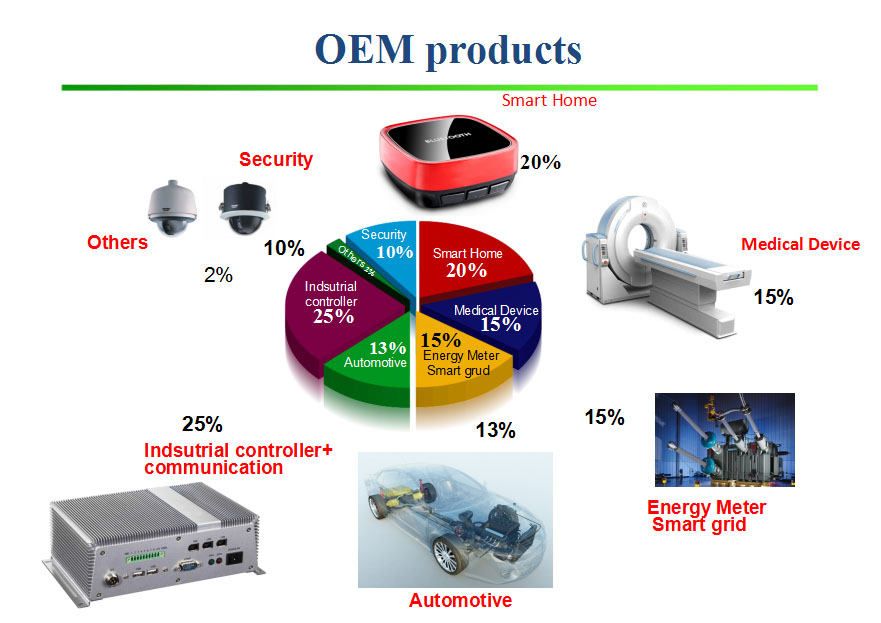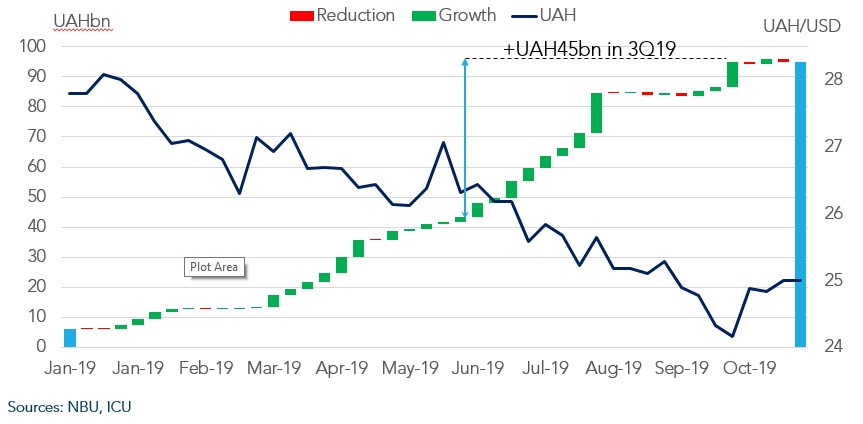By carrying out analysis it will help to identify the area where strategic changes will help to maximize profitability. It gives us knowledge of the untapped opportunities in the sector and economy. One of the chief advantages of an expanded definition of the consumption theme is that it provides a wide range of stocks to fund managers.
However, as the financial system improved, shopper discretionary started to outperform staples. Since the bull market started in March 2009, discretionary stocks have surged by a whopping 300%. That spectacular streak is a testomony to its off-value promoting model, which takes advantage of stock mismatches within the trade to offer excessive-quality merchandise to shoppers seeking deep discounts. These are the consumer discretionary shares with the very best 12 months-over-12 months earnings per share development for the latest quarter. More importantly, the buyer staples sector has outperformed the S&P 500 over the past three recessionary intervals—or intervals of negative progress in the gross home product . Due to their low volatility, shopper staples shares are considered to play a key position in defensive methods.
What Are Cyclical Stocks?
This means they invest in companies connected to the development of infrastructure of our country like those operating in steel, cement, construction sectors. Since Thematic-Consumption Mutual Funds are equity funds i.e. they invest in stocks of companies, you need to stay invested for at least 5 years. “This shift in buying branded products from unbranded is going to fuel the consumption theme in India for the next five years. Hence, we recommend consumption funds to long-term investors with a minimum horizon of five years.” This indicates that the consumption theme is no longer restricted to traditional defensive sectors such as FMCG and pharmaceuticals. Experts say that the consumption theme has become more accommodative and includes anything from consumer discretionary to footwear industry.
Some of the largest names embrace Netherlands-based Royal Dutch Shell Plc.
S&P BSE Consumer Discretionary
In August 2021, Lenovo announced that it is considerably expanding its local manufacturing capabilities in India across product categories such as PCs, laptops and smartphones, to satisfy rising consumer demand. In September 2021, Airtel Digital TV, the DTH arm of Bharti Airtel, introduced Made-in-India high-definition set-top boxes for customers. The boxes are being manufactured in Noida, Uttar Pradesh, by Skyworth Electronics.
Investing in cyclical stocks is similar to riding the Ferris wheel. Even in cyclical stocks, you earn a high profit, and then you make losses. But here, the timeline is slightly longer than a Ferris wheel, as each business cycle can last for years.
What is consumer discretionary?
The Consumer Discretionary Sector encompasses those industries that tend to be the most sensitive to economic cycles. Its manufacturing segment includes automotive, household durable goods, textiles & apparel and leisure equipment.
As part of the PLI scheme, 61 companies have established component manufacturing facilities in 111 locations throughout 14 states and UTs, creating jobs across India. As per TAM’s latest AdEx report, television advertising for the durables sector has grown 2.5 times during January-May 2022, as compared to the same period in 2021. In September 2022, monthly mobile phone exports from India crossed the US$ 1 billion mark for the first time ever.
Related News
You may earn greater returns when they go up in favourable economic conditions. Using the latest technologies and electronic devices is not the most essential for people to support their daily lives. They may spend on them when they can afford them but not prioritise such purchases when they can’t. Therefore, such businesses may enjoy higher earnings in economic growth and vice versa. The BSE consumer discretionary index comprises companies that deal in non-essential products and services that individuals may only purchase when they have excess cash. Examples of businesses with non-cyclical stocks include those that deal with food, gas, and water, like HUL.
As such higher disposables mean greater demand for luxury goods and services. This is good news for the nation, small businesses, and the stock market. According to a number of consumer durable businesses, rural India presents the next significant growth potential for the industry, driven by increased penetration.
The government’s effort to electrify rural areas has improved power supply during the past few years in tier 3/4 towns and villages, paving the way for the use of electrical products. These are not the only indicators for identifying the exact economic cycle. Several indicators, such as falling interest rates, growth in the price of metals, or major government spending in other countries, also hint at which stage the economy is in. Investors wanting to invest in stocks with higher growth potential and don’t mind volatility coming along with them may find cyclical stocks suitable.
Advantages of Cyclical Stocks
Consumer spending powers most economic development within the U.S. economic system, and so companies that operate on this segment can see long periods of rising gross sales. Their usually-premium services command high prices, too, and that reality can translate instantly into robust earnings progress. As all consumers are unique they exhibit different behaviour while making a purchase decision due to various factors influencing consumer behaviour. Therefore it is important to understand the various factors influencing consumer behaviour. Similarly, customers who purchase products to resell cannot be categorized as consumers of the said item.
Economic condition is one factor that significantly affects some stocks, known as cyclical stocks. Cyclical stocks are considered more volatile than non-cyclical stocks or defensive stocks. As the name suggests, defensive stocks defend your portfolio even in the weak stages of the economy, whereas cyclical stocks will lose their value. On the other hand, Cyclical Stocks can easily and utterly outperform the defensive stock at the time of a strong economy. Investors looking from a long-term perspective should ideally have a combined portfolio of cyclical stocks and defensive stocks. Industrials stocks are companies that produce goods used in construction, manufacturing, and infrastructure development.
- Tech players are focusing on tapping the Indian consumer electronics market by developing an electronic components manufacturing base in India and encouraging exports.
- The NYSE FANG+ Index is an equal-dollar weighted Index designed to represent a segment of the technology and consumer discretionary sectors consisting of 10 highly-traded growth stocks of technology and tech-enabled companies.
- Consumer staple stocks, such as Johnson & Johnson, Procter & Gamble, and Coca-Cola tend to perform better than consumer discretionary stocks during weak economies, but lag them during strong economies.
- It means the quantity of Income disposable to a person can determine the amount used to purchase goods and services.
- Citizens spend money on such items as travel, movies, and consumer goods only if they have the funds to do so.
FMCG stocks did extremely well in the past couple of calendar years and are now quoting at a steep valuation. The Indian government has been encouraging consumer durable brands in India to ‘Make in India’, thereby expecting they should be self-reliant for the future; consumer too are showing an affinity towards homegrown products. In July 2021, Godrej & Boyce announced their entry into the dishwasher market and the aim to capture 15% market share by FY22.
Step 4: Add the Tax Amount to Your Annual Gross Income
Seasonal factors have a direct impact on the purchase and sale patterns of the companies of any Industry. If these factors are not considered then it may act as a limitation in a report. With the help of analysis report we are able to recognize and identify strategies that will improve the effectiveness of the particular sector as well as industry. That said, the Juices & Nectars market is still heavily underpenetrated and has a huge headroom for growth by capitalizing on innovations both in formats and extensions. “Foods Industry, which contributes to 57% of the overall FMCG market, comprises broad categories like packaged Atta, rice, edible oil, dairy products, beverages, baby food, etc.
Nonetheless, the consumer is indeed the primary goal in the commercial world. A consumer decides whether or not a product or service is of high quality. People often make the mistake of using the terms ‘customer’ and ‘consumer’, interchangeably. While in some cases customer and consumer may indicate the same section of people, it is still vital to understand the key differences between these two widely used terms.
Secondly, cyclical stocks tend to have volatile earnings per share or EPS, as their earnings keep on fluctuating in relation to the sentiment in the economy. The third aspect is price-earnings ratio, which compares the price of a stock in relation to its EPS. Cyclicals generally tend to have low PE ratios, making them cheaper in comparison to defensive stocks. Discretionary income is the amount of money left for an individual to spend or save after paying taxes and for personal needs, such as food, lodging, and clothes. Discretionary income includes money spent on luxury goods, holidays, and non-essential goods and services. As you possibly can see in the graph, staples outperformed discretionary shares through the monetary disaster.
What is an example of consumer discretionary?
Consumer Discretionary
Examples: Apparel, textiles (Nike, Inc.). Food service/lodging (McDonald's Corp., Marriott International, Inc.). Household furniture, appliances (Williams-Sonoma, Inc., Whirlpool Corp.).
Occupation – Professionals, businessman, salaried-workers have different demands. These are the least valuable customers because they are unsure of what they want to buy. Discretionary Income is the money you have left after paying your taxes and other living expenses. You may need to adjust your budget if you find you cannot meet certain benchmarks, such as building an emergency fund.
Investors can benefit greatly from adding non-cyclical stocks to their portfolios because doing so will help them to protect their portfolios against losses and hedge the risk at the time of economic weakness. In terms of stocks, the FMCG index of a stock exchange can be considered as a proxy index for consumer staples and the Consumer Durable index for consumer discretionary items. An index fund’s aim is to match the returns posted by its benchmark — for an S&P 500 fund, that benchmark is the S&P 500.
During this phase, demand has also surged for health and hygiene products as these aspects came into sharp focus. There was a surge in demand for hygiene products like sanitizers and disinfectants in addition to immunity building OTC (Over- the-Counter) and healthcare products. The business cycle is comprised of expansions which are periods of economic growth, and contractions, which are periods of economic decline. Importance of Analysis Advantages of Sector & Industry Analysis Disadvantages of Sector & Industry Analysis Key TakeawaysSo, let us understand about sector analysis and industry analysis.
Profits of these companies rise in a booming economy, as consumers have more disposable income to spend on such products as was the case in India during the period between 2004 and 2007. At the same time, their profits decline during a slowdown or recession as consumers cut down spending. Over time, aggregate disposable income rates fluctuate for an economy, usually in line with business-cycle activity. As calculated by the gross domestic consumer discretionary meaning product or another gross indicator, when economic production is substantial, disposable income levels appear to be also high. In other words, disposable income is the take-home pay of an individual used to cover major as well as non-essential expenses. Discretionary income is what is left of discretionary income after the wage-earner accounts for rent/hypothecary, housing, lodging, electricity, insurance and other essential expenses.
What are consumer discretionary companies?
Consumer discretionary stocks come from companies that produce goods and services that consumers can choose to purchase but are not considered essential to their day-to-day lives. These products are non-essential or discretionary and are generally not required for survival or basic needs.




